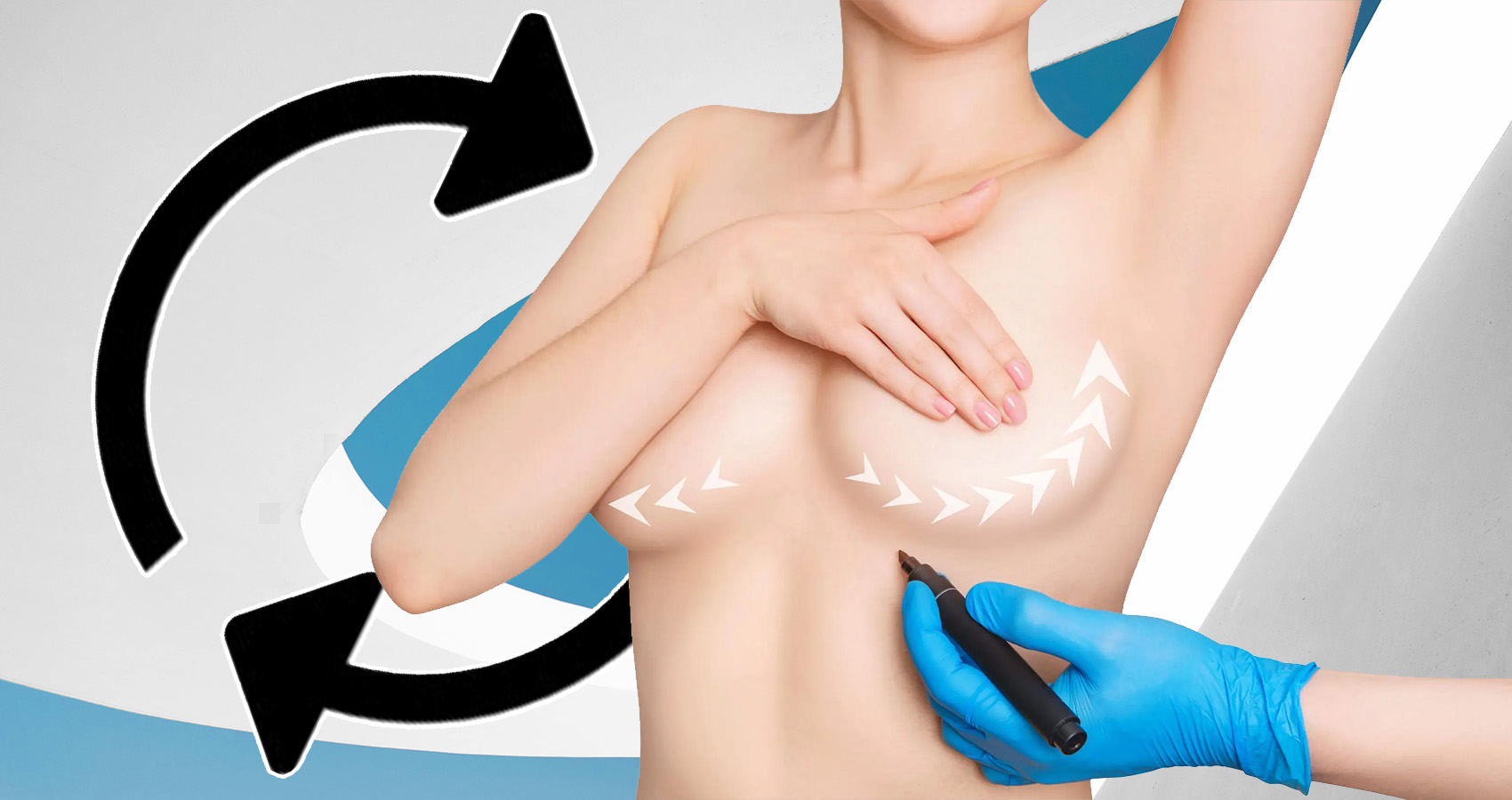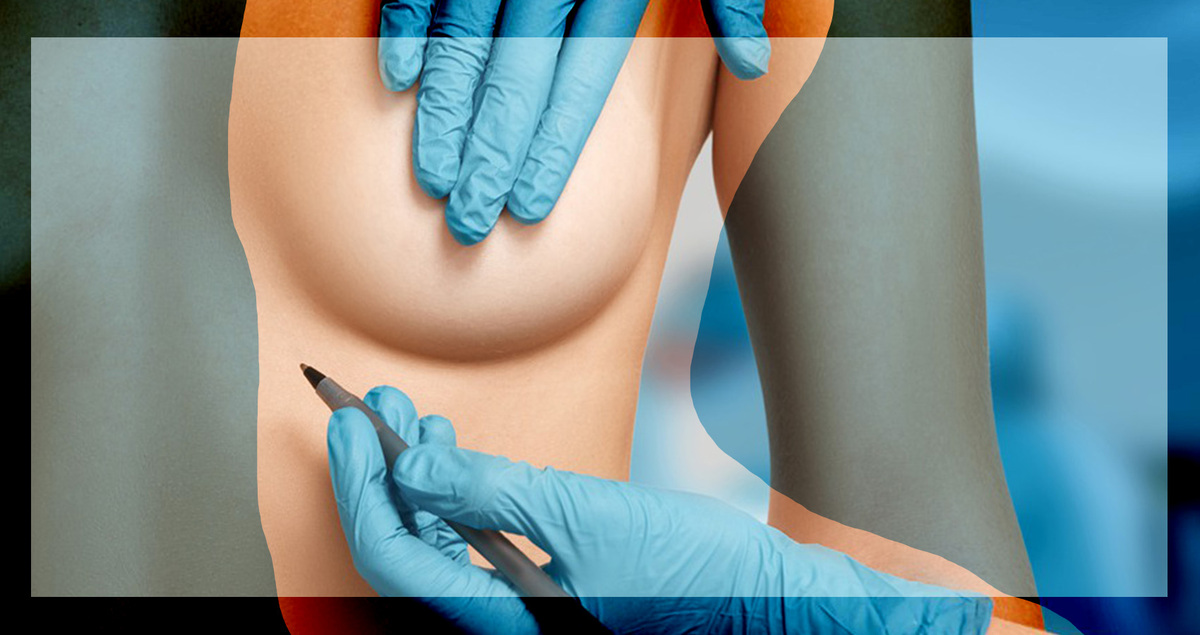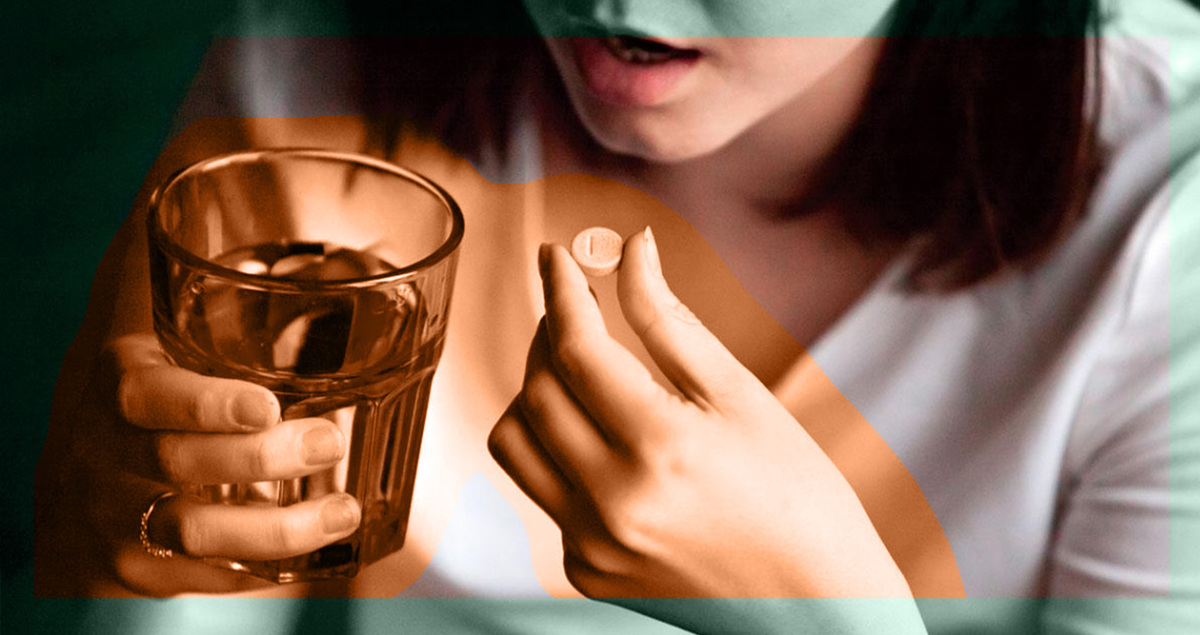
What Is The Recovery Time For Breast Augmentation? 9 Tips For Recovery
Optimize healing with essential tips for breast augmentation recovery.
Breast augmentation can be a transformative experience. However, like any surgical procedure, it requires a recovery period. While the exact duration varies among individuals, understanding the typical timeline and implementing effective recovery strategies can significantly expedite your healing process.
That said, this guide will explore the typical recovery timeline for breast augmentation, providing insights into what to expect at each stage and offering practical tips to optimize healing.

Recovery Time For Breast Augmentation
Breast augmentation recovery time can vary based on several factors, including the surgical technique used, individual healing rates, and the specifics of the procedure. For instance, the recovery experience can differ significantly between patients treated at various clinics, such as Maxwell Aesthetics Cosmetic Surgery, due to variations in surgical approaches and patient care. However, a general timeline for recovery is as follows:
Immediate Post-Operative Period (1-2 weeks)
- First Few Days: Patients typically experience discomfort, swelling, and bruising. Prescribed medications can manage pain.
- First Week: Most patients are advised to take it easy, avoiding strenuous activities and heavy lifting. Depending on their job and how they feel, many can return to light, non-strenuous work within a week.
- 1-2 Weeks: Stitches (if non-dissolvable) are usually removed, and the initial swelling and bruising start to subside.
Short-Term Recovery (2-6 weeks)
- 2-3 Weeks: Swelling and bruising continue to diminish. Patients often feel more comfortable resuming normal activities, though heavy lifting and intense exercise should still be avoided.
- 4-6 Weeks: Many patients can gradually return to more intense physical activities, including exercise, with their surgeon's approval.
Long-Term Recovery (6+ weeks)
- 6 Weeks and Beyond: By this point, most swelling should have resolved, and the results of the cosmetic surgery begin to become more apparent. Patients can typically return to all normal activities, including high-intensity exercise.
Full Recovery (3-6 months)
- 3-6 Months: Complete healing, including the softening of the breasts and the settling of breast implants, occurs over several months. Scarring continues to fade over time and can take up to a year or more to fully mature.
It's important to note that individual recovery experiences can vary, and following your surgeon's specific advice and guidelines is essential for a successful recovery.
Tips For Optimal Recovery
To ensure a smooth and successful recovery, it’s important to follow certain guidelines and take proactive steps when undergoing cosmetic treatments. Here are some essential tips for optimal recovery that can help you:
1. Follow Your Surgeon's Instructions
Adhering strictly to the post-operative care guidelines provided by your surgeon is crucial for a smooth recovery. These instructions are tailored to your specific procedure and individual health needs and cover aspects such as wound care, activity restrictions, and signs of complications.
2. Take Prescribed Medications
Pain management is a critical aspect of the initial recovery stages. Your surgeon will prescribe medications to manage pain and prevent infection. It’s important to take these medications as directed to ensure you remain comfortable and to avoid complications. Additionally, some medications may help reduce swelling and promote faster healing.

3. Wear a Supportive Bra
After implant surgery, your breasts will need extra support as they heal. A surgical or support bra helps reduce swelling, supports your new breast shape, and aids in proper positioning during the healing process. Wearing this bra as instructed, usually for several weeks post-surgery, is essential for optimal recovery and results.

4. Stay Hydrated and Eat Nutritious Foods
Proper nutrition and hydration are vital for healing. A balanced diet rich in vitamins, minerals, and protein supports tissue repair and boosts your immune system. Drinking plenty of water helps keep your body hydrated, reduces swelling, and aids in the overall recovery process. Avoiding processed foods and focusing on whole foods can make a significant difference in your recovery.

5. Avoid Strenuous Activities
During the first six weeks, it is crucial to avoid activities that could strain your chest muscles, including heavy lifting, intense exercise, and any activity that raises your heart rate significantly. These activities can increase the risk of complications, such as bleeding and breast implant displacement, and prolong the recovery period. Gradually reintroducing activities as advised by your surgeon is key to a safe recovery.
6. Sleep on Your Back
Sleeping on your back with your upper body elevated helps reduce swelling and prevents putting pressure on your breasts. Elevating your upper body can be achieved using extra pillows or an adjustable bed. This sleeping position is typically recommended for at least the first few weeks post-breast implant surgery to promote optimal healing.

7. Attend Follow-Up Appointments
Regular check-ups with your surgeon are essential to monitor your healing process and ensure everything is progressing as expected. These appointments allow your surgeon to check for signs of complications, adjust your care plan if necessary, and address any concerns you may have. Keeping all scheduled appointments is important for a successful recovery.

8. Avoid Smoking and Alcohol
Both smoking and alcohol can impair your body's ability to heal. Smoking reduces blood flow and oxygen to the tissues, which can delay healing and increase the risk of infection and other complications. Alcohol can interfere with medications and dehydrate your body, further hindering recovery.

9. Stay Positive and Patient
Recovery takes time, and it’s important to remain patient and positive throughout the process. Setting realistic expectations and understanding that healing is a gradual process can help you stay focused on the long-term benefits. A positive mindset can significantly influence your overall recovery experience.

Conclusion
Breast augmentation recovery is a journey that requires patience, care, and a solid understanding of the process. By following the outlined tips and adhering to your surgeon's post-operative instructions, you can optimize your healing and minimize discomfort. Remember, every woman's experience is unique, so it's essential to listen to your body and seek guidance from your healthcare provider if you have any concerns.












